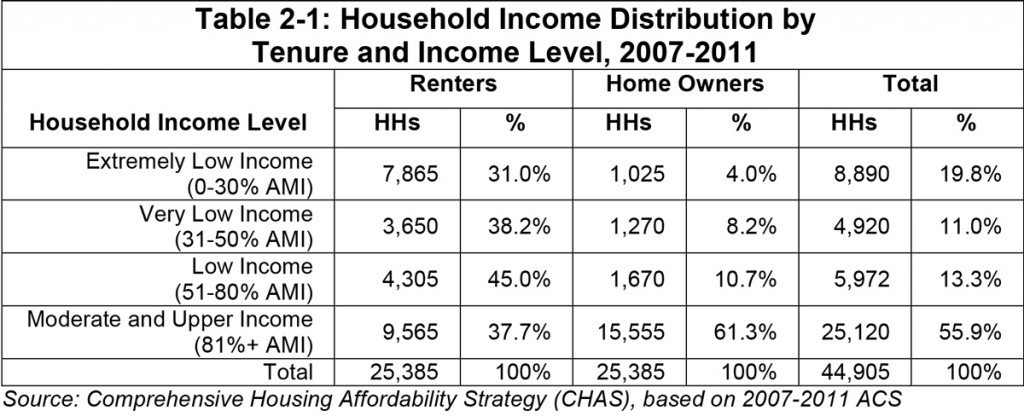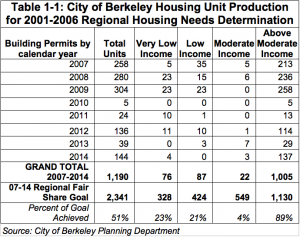SOS – Save Our Seniors!
 “Before vacancy decontrol modified rent control in California, 42 percent of tenants in rent-controlled units in Berkeley were 55 or older. But since 1999, because of California’s Costa-Hawkins Rental Housing Act, landlords can charge market rates each time new tenants move into a rent-controlled unit. (Apartments built after 1980 are not under rent control.) Today, just 6 percent of people in regulated units are 55 or older, Harr said, adding that the situation is getting worse due to skyrocketing rents.”
“Before vacancy decontrol modified rent control in California, 42 percent of tenants in rent-controlled units in Berkeley were 55 or older. But since 1999, because of California’s Costa-Hawkins Rental Housing Act, landlords can charge market rates each time new tenants move into a rent-controlled unit. (Apartments built after 1980 are not under rent control.) Today, just 6 percent of people in regulated units are 55 or older, Harr said, adding that the situation is getting worse due to skyrocketing rents.”
Actually, what I said was rent controlled units with people who moved in before 1999 – before vacancy decontrol – CURRENTLY have 42% over 65 but only 6% of post-1999 tenancies have seniors. I also pointed out that senior housing is identified as a growing need throughout Berkeley’s Draft Housing Element, but there are few programs in the plan to actually address that need.
With me on the Gray Panthers panel was former Rent Board Commissioner Eleanor Walden, who spoke of senior and disabled residents feeling harassed by management at Redwood Gardens. That’s a 169-unit, HUD-subsidized senior housing complex on the Clark-Kerr part of campus, at the top of Derby. It’s a problem BTU has been getting a lot of mail about: affordable housing now managed by for-profit corporations, and Boards at “cooperative” senior housing that are not responsive to residents. We’ve heard from seniors in two places just this month!
Coverage of the Gray Panthers Meeting
http://www.contracostatimes.com/breaking-news/ci_27443340/berkeley-seniors-call-affordable-housing
Problems at Redwood Gardens
http://www.berkeleydailyplanet.com/issue/2014-12-19/article/42869?headline=Troubles-in-Berkeley-s-Redwood-Gardens–Lydia-Gans
http://www.thestreetspirit.org/tenants-seek-fair-treatment-at-berkeleys-redwood-gardens/
Berkeley’s Draft Housing Element Goes to City Council in April or May
http://www.contracostatimes.com/breaking-news/ci_27491384/berkeley-commission-examines-housing-issues
http://www.ci.berkeley.ca.us/housingelement/


